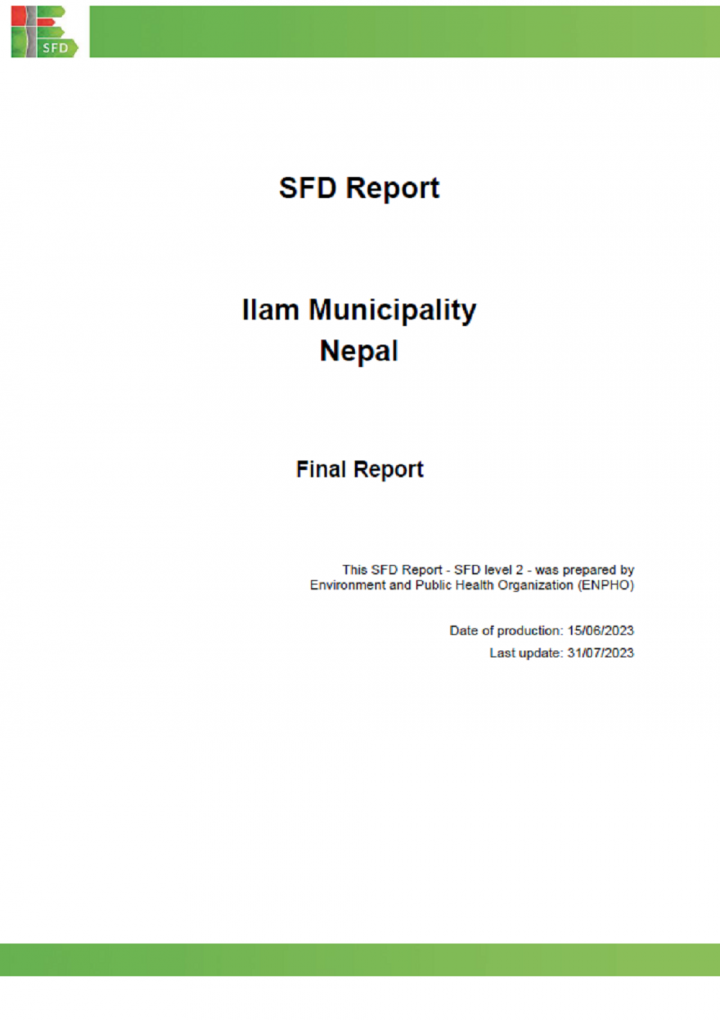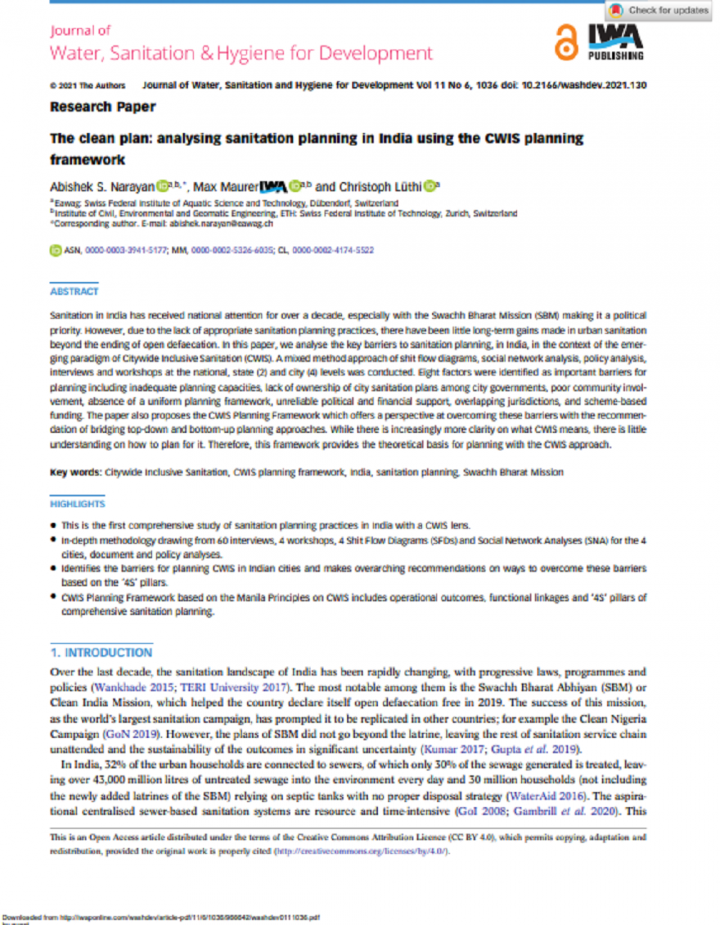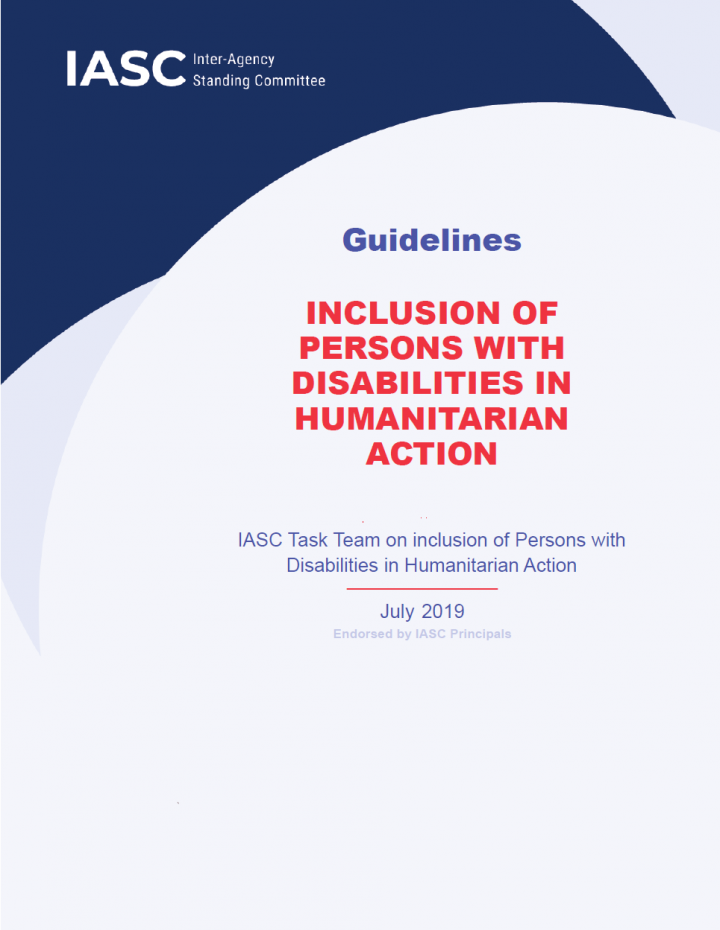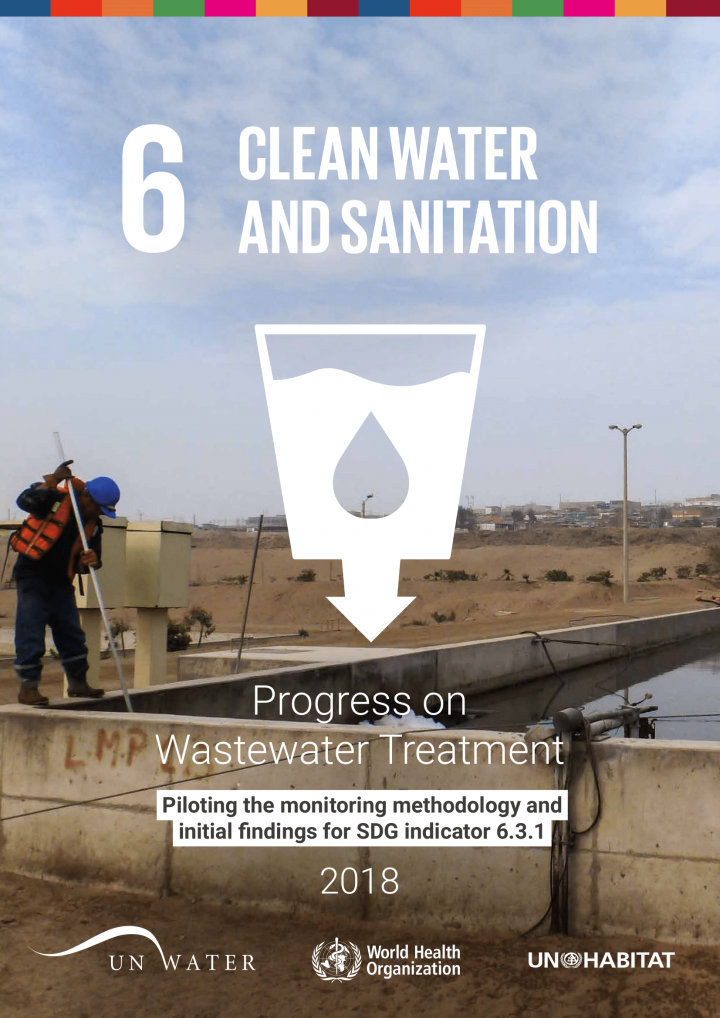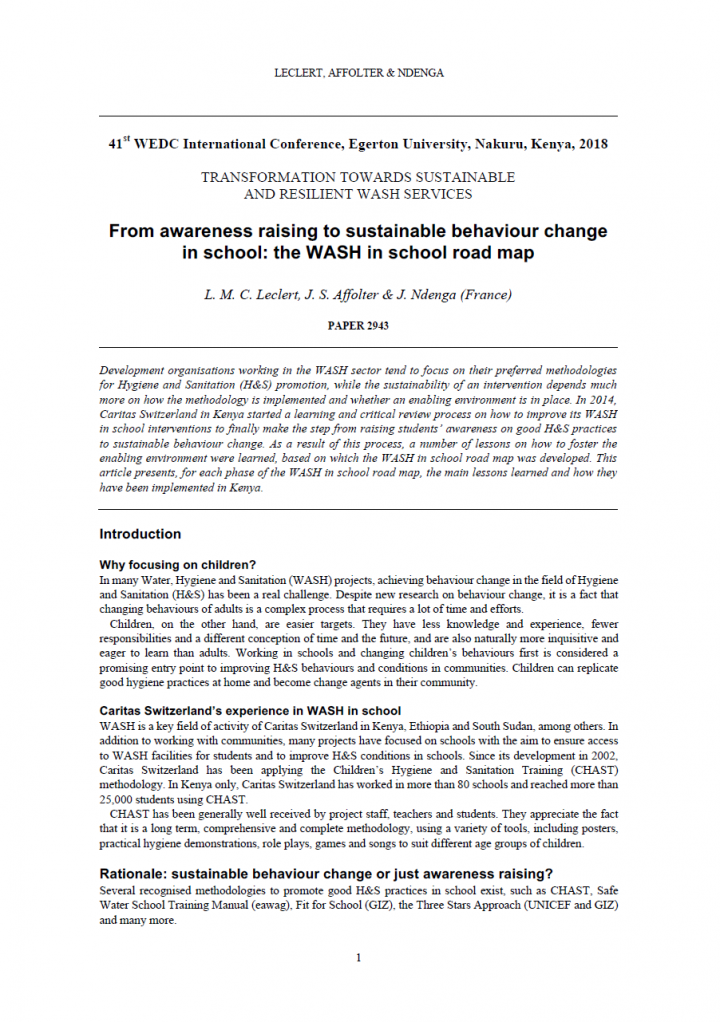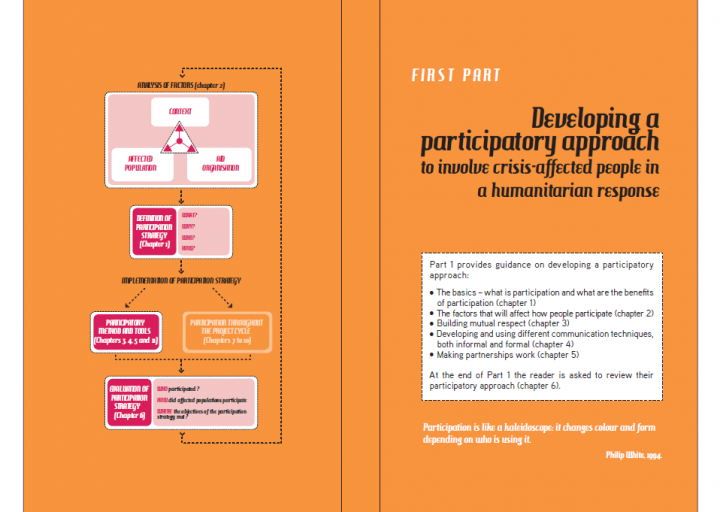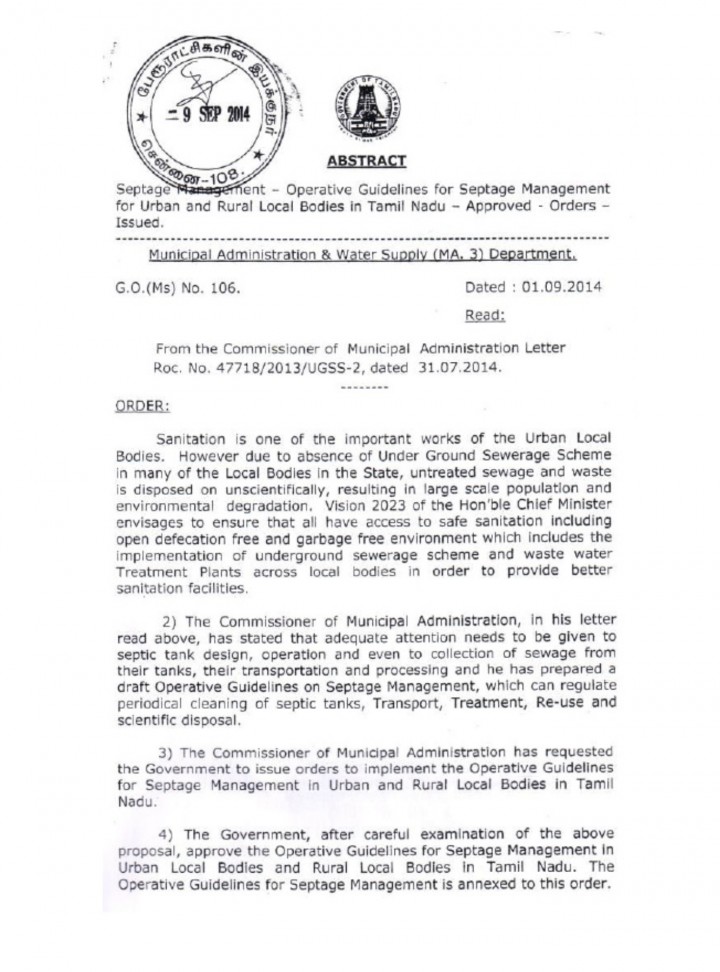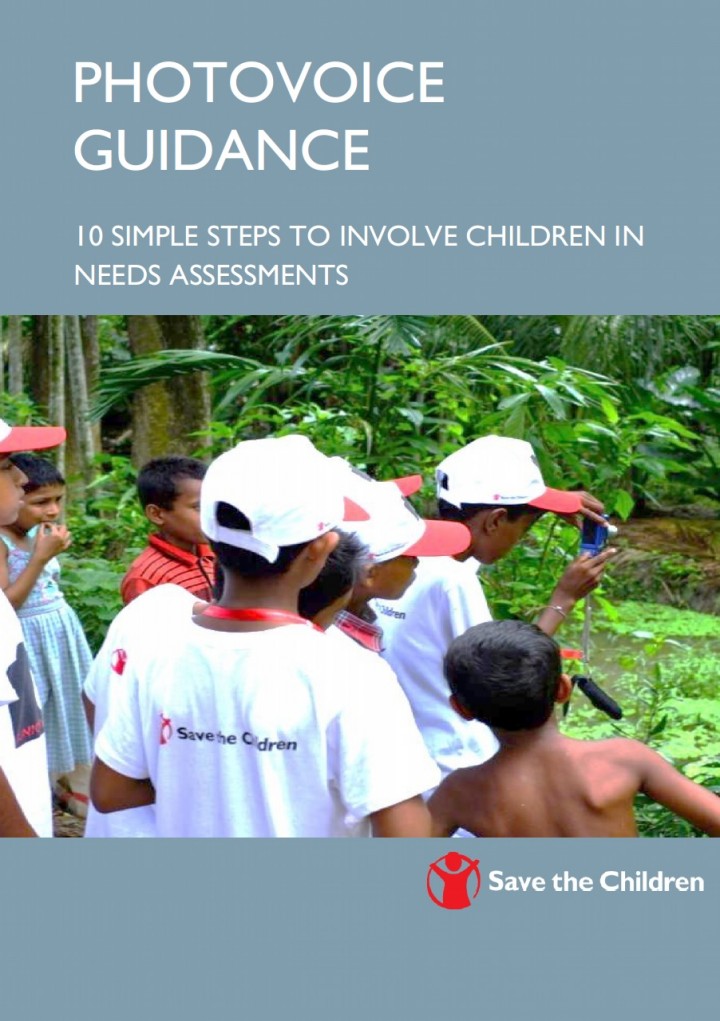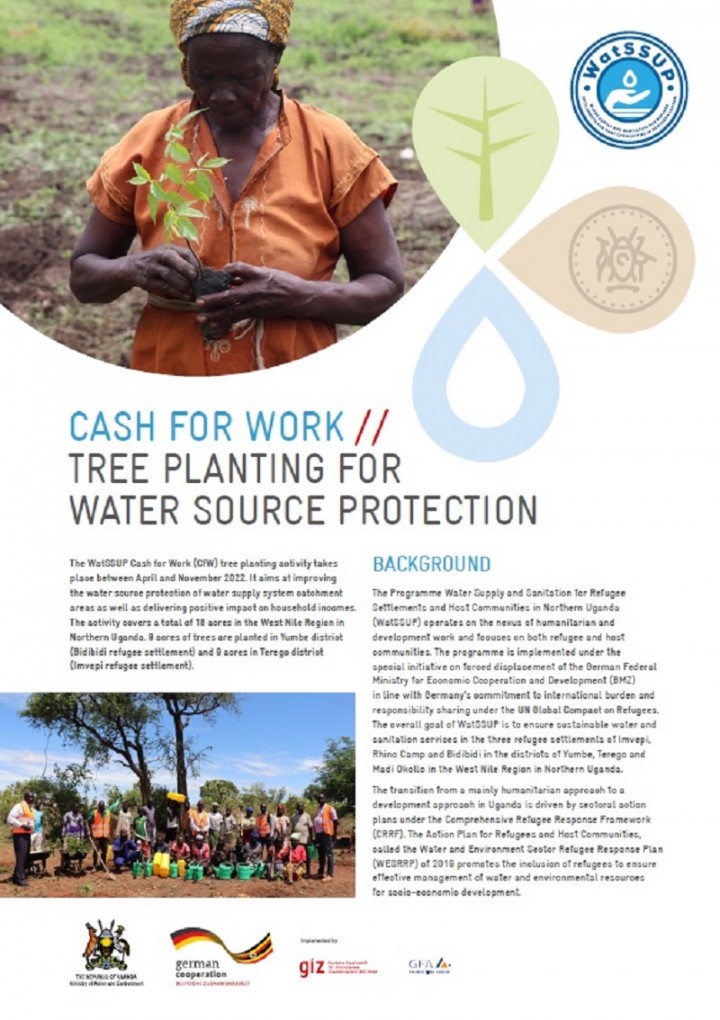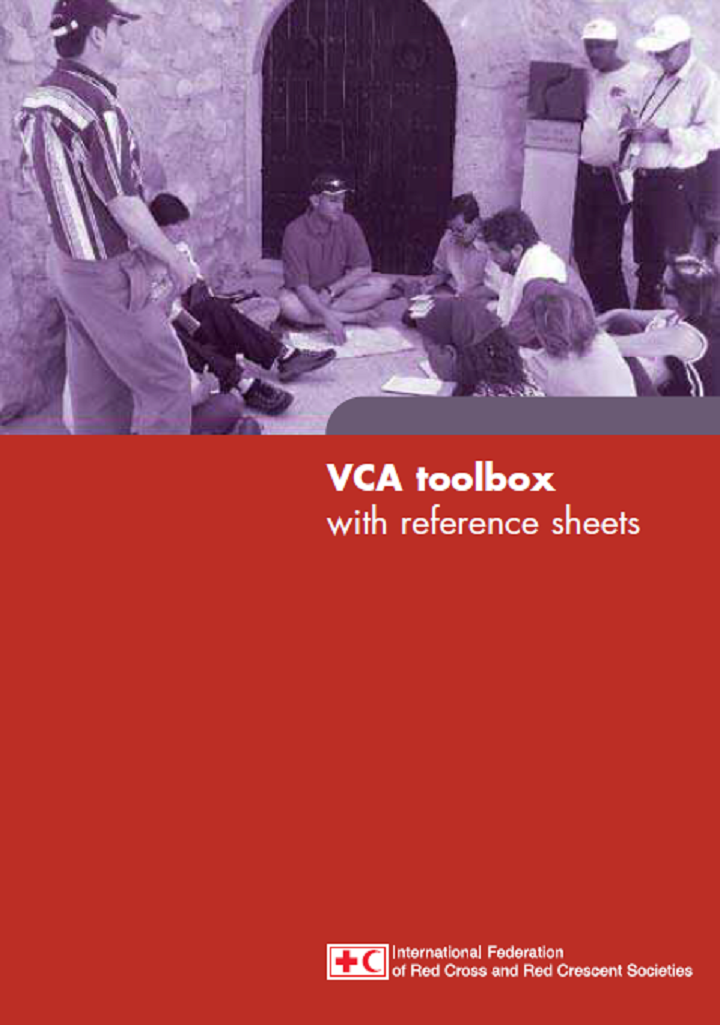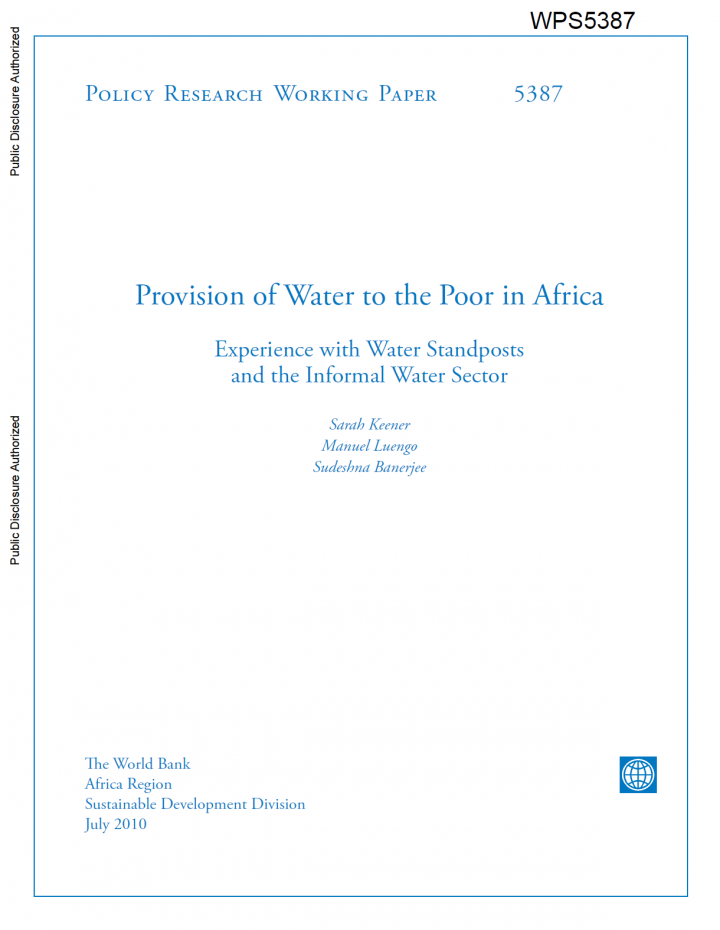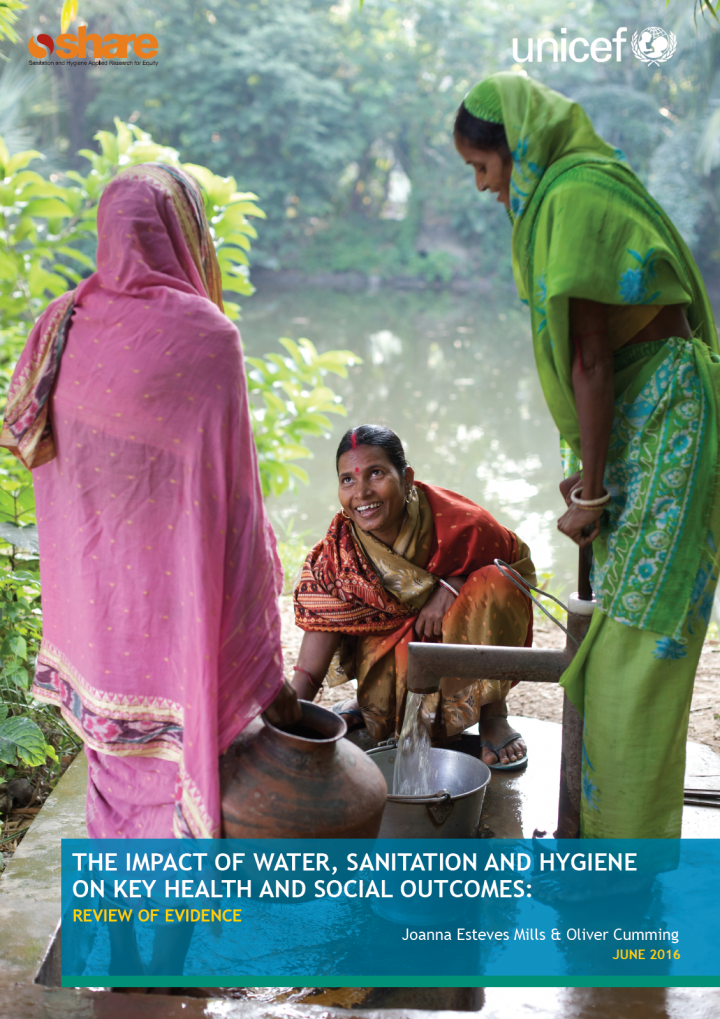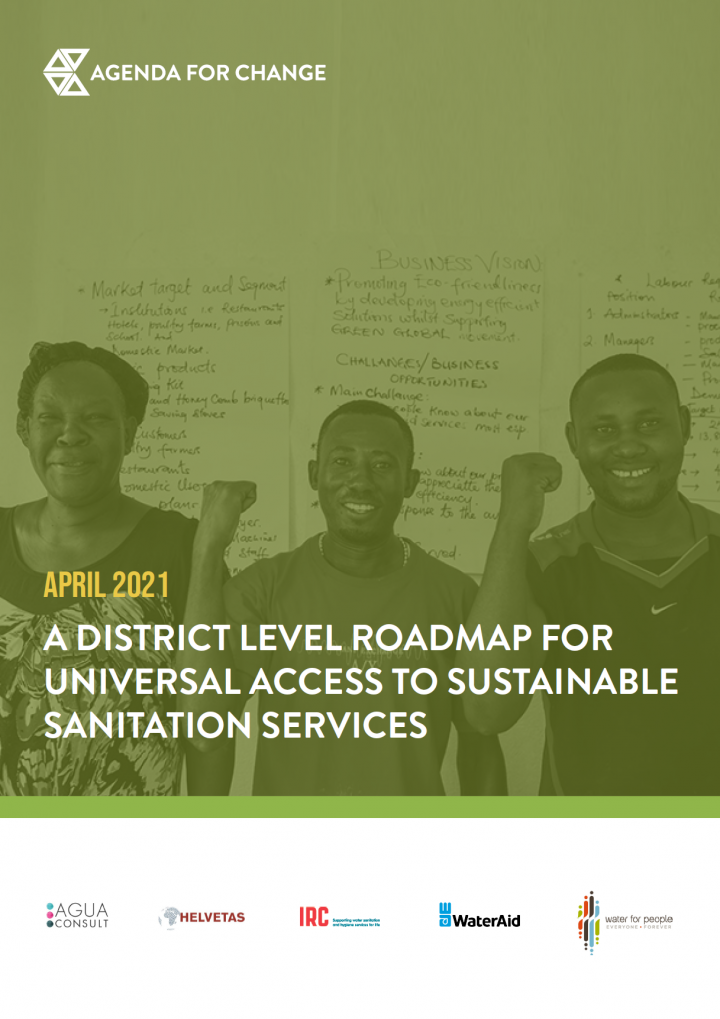Searching for information on Sanitation Workers?
The Sanitation Workers Knowledge + Learning Hub is the best source for all current news, trends, articles and updates on sanitation workers rights around the world.
WSSCC's Global Sanitation Fund (GSF) Programme in Nepal was financed by WSSCC and implemented by UN Habitat Nepal. This evaluation brief seeks to provide a summative and a formative forward-looking analysis of the Programme. The analysis is framed around the Organisation for Economic Co-operation and Development's Development Assistance Committee (OECD DAC) evaluation criteria of relevance, …
Ilam Municipality is in Ilam district, Koshi province of Nepal. The municipality was established in 1958; one of the oldest municipalities in Nepal. It has 12 wards and covers the area of 173.32 sq km. It is surrounded by Maijogmai rural Municipality and Suryodaya Municipality in the east, Sandakpur Municipality and Panchthar Distict in the north, Deumai Municipality in the west, and Mai and …
Sanitation in India has received national attention for over a decade, especially with the Swachh Bharat Mission (SBM) making it a political priority. However, due to the lack of appropriate sanitation planning practices, there have been little long-term gains made in urban sanitation beyond the ending of open defaecation. In this paper, we analyse the key barriers to sanitation planning, in …
This is the second edition of The Johns Hopkins and International Federation of Red Cross and Red Crescent Societies Public Health Guide for Emergencies, a textbook that has been widely used in the classroom and the field. We are excited with the production of this second edition which captures both the experience of the Federation and the academic public health perceptions of Johns Hopkins …
The guidelines set out essential actions that humanitarian actors must take in order to effectively identify and respond to the needs and rights of persons with disabilities who are most at risk of being left behind in humanitarian settings.
The recommended actions in each chapter place persons with disabilities at the centre of humanitarian action, both as actors and as members of affected …
The SDG 6.3.1 indicator report on “proportion of wastewater safely treated” describes the monitoring methodology developed and tested in consultation with wastewater experts, national sector experts and statistical authorities and harmonized with the International Recommendations for Water Statistics and established regional monitoring mechanisms.
The report also presents preliminary …
Development organisations working in the WASH sector tend to focus on their preferred methodologies
for Hygiene and Sanitation (H&S) promotion, while the sustainability of an intervention depends much
more on how the methodology is implemented and whether an enabling environment is in place. In 2014,
Caritas Switzerland in Kenya started a learning and critical review process on how to …
The Participation Handbook for humanitarian field workers contains detailed practical advice on the participation of affected people in humanitarian action. It has three sections: Developing a participatory approach (main issues, key factors, building mutual respect, communication methods and advice on reviewing your approach); Implementing your participatory approach at every stage of the …
Social participation is an important means for governments to develop responsive health policies and programmes, which are more likely to be implemented by a broad stakeholder group. It is at the heart of the inclusive governance needed for countries to stake their individual paths towards Universal Health Coverage while ensuring that no one is left behind.
As simple as it may seem in theory, …
The partially treated sewage that is stored in a septic tank is commonly called as Septage. It includes the liquids, solids (sludge), as well as the fats, oils and grease (scum) that accumulate in septic tanks over time. Septage management includes the entire process of design, collection, safe treatment& disposal of septage based on generation of sewage. A comprehensive program that regulates …
Photovoice is a participatory action research methodology that enables people to identify, represent and enhance their communities and life circumstances through photography. It is a process that "entrusts cameras to the hands of people to enable them to act as recorders, and potential analysts for social action and change, in their own communities.
TNUSSP carried out a baseline study in Kodaikanal municipality to understand the current situation of access to sanitation and arrangements made for fecal sludge management in households and establishments. The findings from the study provide an overview of the gaps and challenges across the sanitation chain in Kodaikanal in effective implementation and monitoring of septage management.
The WatSSUP Cash for Work (CfW) tree planting activity takes place between April and November 2022. It aims at improving the water source protection of water supply system catchment areas as well as delivering positive impact on household incomes. The activity covers a total of 18 acres in the West Nile Region in Northern Uganda. 9 acres of trees are planted in Yumbe district (Bidibidi refugee …
The Compendium of Hygiene Promotion in Emergencies is a comprehensive and systematic compilation of the most relevant sector-reviewed components, tools, methods and approaches to design and implement successful hygiene promotion (HP) and behaviour change interventions. It is applicable to all critical hygiene behaviours across all response phases. It is not intended to be a ‘How To’ guide but …
The focus of this Compendium is on the range of urban and periurban technologies that can be provided and managed as a utility service. Accordingly, we refrain from highlighting various pit latrine technologies as information about them are widely available in the English, French and Spanish Compendia, including the more interactive online version entitled “Sanitation Systems Perspective” …
This toolbox looks at different participatory investigative tools that can be used by National Society staff and volunteers to accomplish a successful VCA. As shown in the diagram below, it forms part of a comprehensive four-part series of publications addressing all aspects of VCA.
Standpipes that dispense water from utilities are the most common alternatives to piped water connections for poor customers in the cities of Sub-Saharan Africa. Fifty-five percent of the unconnected urban population relies on standpipes as their first water source. Other informal water providers include household resellers and a variety of water tankers and vendors, which are the first water …
This evidence paper looks at 10 areas identified collaboratively with UNICEF on which WASH can plausibly have a strong impact: diarrhoea, nutrition, complementary food hygiene, female psychosocial stress, violence, maternal and newborn health, menstrual hygiene management, school attendance, oral vaccine performance, and neglected tropical diseases. Together, these areas cover the most …
This sanitation roadmap was developed to address a gap in available guidance, tools, and case studies specifically focused on sanitation services. In this document, you will find a description of the scope and main differences between water and sanitation services; a step-by-step process for developing a WASH district roadmap focusing on sanitation service delivery; examples of some Agenda for …
Workshop to connect key learnings from other sectors (for example, solid waste management, waste picking) to advocacy and research on sanitation work (human waste management) across the world.
Speakers
1. Sonia Dias (WIEGO's Global Waste Expert)
2. Christy Braham (WIEGO, Belgium)
3. Lakshmi Narayan (KKPKP Waste Pickers Union, India)
4. Nalini Shekar (Hasiru Dala, India)
5. Dr …
Abstract
In humanitarian emergency settings there is need for low cost and rapidly deployable interventions to protect vulnerable children, in- and out-of-school, from diarrhoeal diseases. Handwashing with soap can greatly reduce diarrhoea but interventions specifically targeting children's handwashing behaviour in humanitarian settings have not been tested. Traditional children's handwashing …
Background: Hygiene promotion interventions are likely to be more effective if they target the determinants of handwashing behaviour. Synthesis of the evidence on the determinants of handwashing behaviour is needed to enable practitioners to use evidence in hygiene promotion programming.
Purpose: To identify, define and categorise the determinants of handwashing behaviour in domestic settings …


